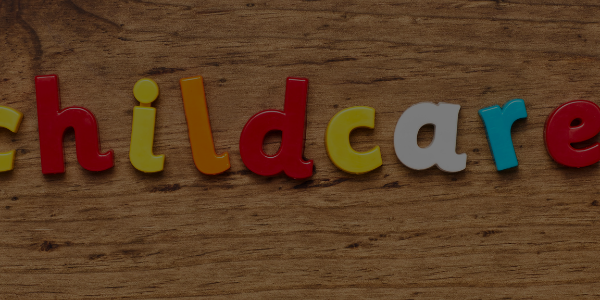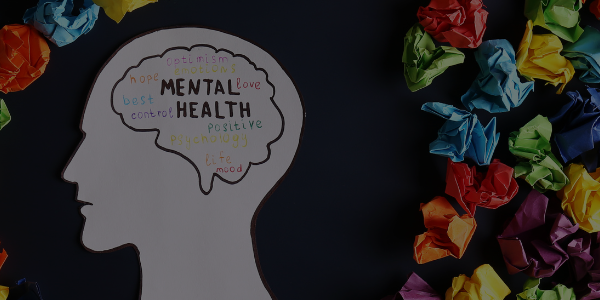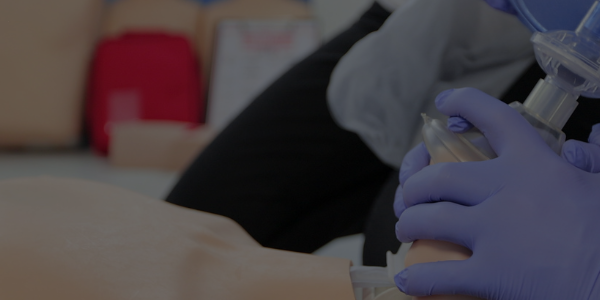Who loves going for a swim on the beach or a local swimming pool during the summer? I know I do!
Get the sunscreen, water and towels ready and don’t forget the kid’s lifejackets and let’s go…
When spending time around the water, it’s so important to be prepared for an emergency and always have your eyes on your child. But no matter how prepared we are, there is always a chance that an emergency can occur around water.
What to do if our kids or a stranger is drowning?
- Immediately get help by calling 000 or if at a supervised pool inform the lifeguard ASAP as every second counts
- Are you the closest person to the drowning casualty? If so, the safest way remove the person from the water is to throw them an aid or use something to reach them, without going into the water.
- If you cannot swim – you should never put yourself at risk by entering the water. Get help from a strong swimmer.
- Are you a strong swimmer, because the next safest option is to wade out to them if the depth allows.
- The last resort would be swimming out to the person, ONLY if you are a strong swimmer and never approach them from the front and always bring a floating aid with you to help support them.
- If the person is unconscious, ask for help from bystanders to pull the person out from the water.
- If the person is conscious, place the person in a recovery position as this person might have water in the lungs. If the person is unconscious and not breathing, start CPR right away and locate the closest AED
Things to take note of for emergency services:
- how long was the person in the water when you realize the person is drowning,
- Time you started CPR and how long
- your details
- witnesses
- medical conditions the person may have
Should someone experience something called DRY DROWNING or SECONDARY DROWNING, check out our future blog coming soon on what to look for and how to save a life in immediate danger!
Although drowning is rare, it’s best that we give our kids regular swimming lessons. Lack of swimming ability is the number one cause of drowning in Australia.
So when you’re around water this summer, let’s keep an eye out for each other and prevent any drownings.
To learn the basics of drowning rescues and other possible first aid situations, BOOK into one of our daily First Aid & CPR courses in Northwest Melbourne!
Comment or share this post with someone who you know may need this info!





